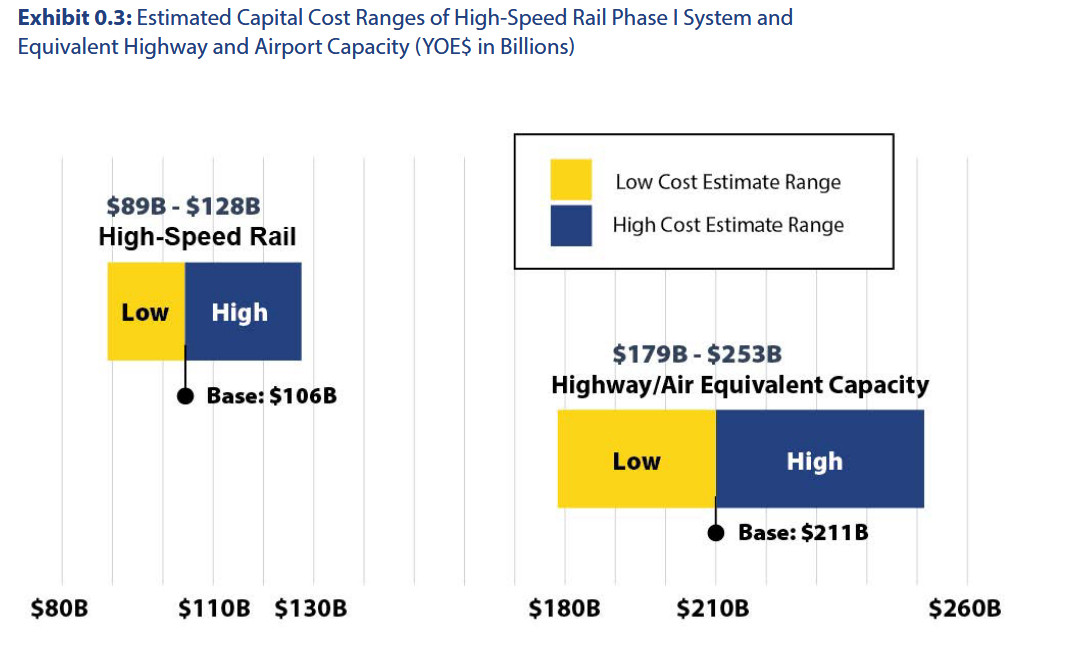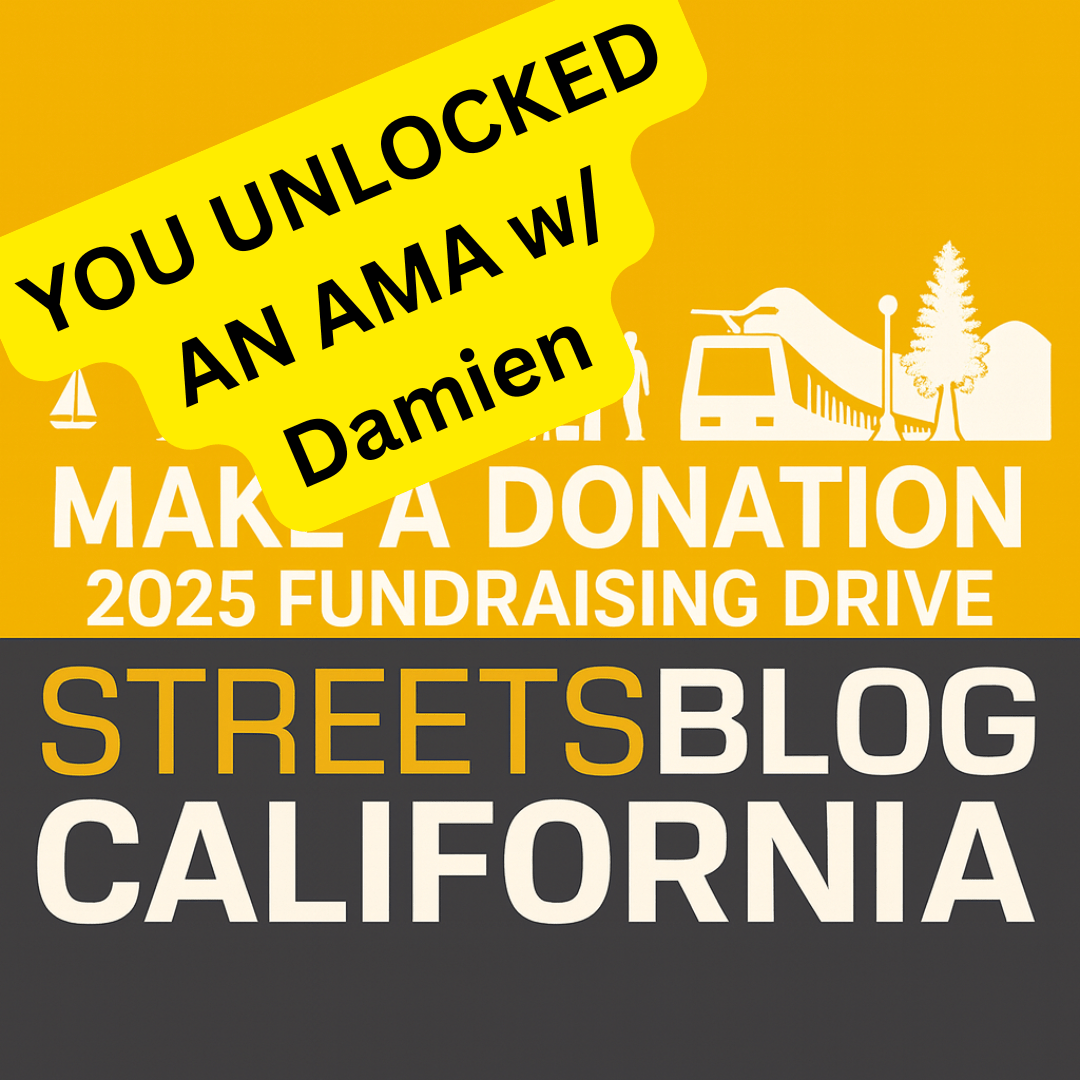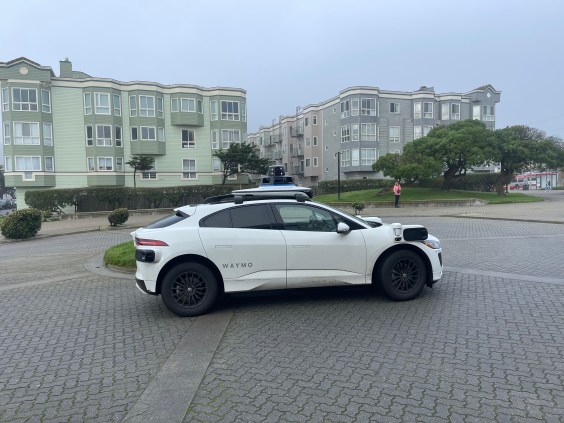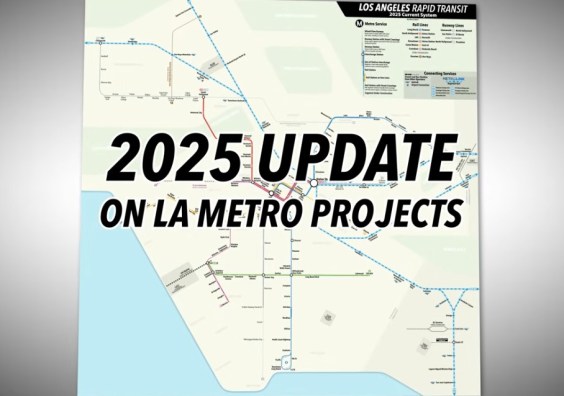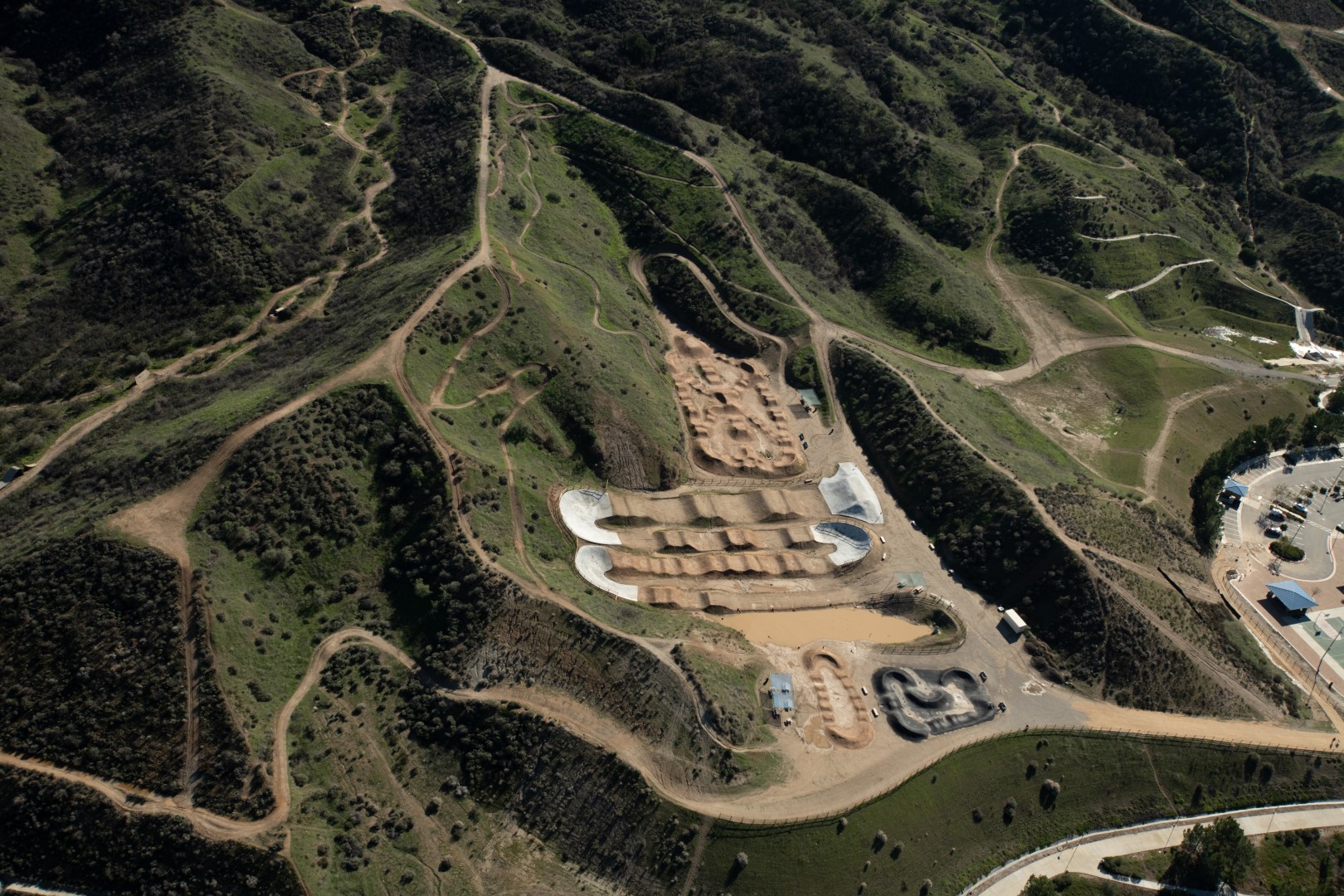Last week, the California High Speed Rail Authority (CHSRA) created headlines by demonstrating in the newly released “2025 Supplemental Project Update Report” that service could begin in the Central Valley as early as 2032, with connections to the Bay Area coming online in 2038.
While construction to support the line has been ongoing in the Central Valley - CHSRA celebrated the completion of the Avenue 88 Grade Separation in Tulare County- timelines for completion have fluctuated throughout the years. Last week, the report outlined three ways forward for the agency.
"I see a future—by 2038 to 2039—when operations are already connecting the Central Valley to population centers and innovation hubs, offering new career opportunities, economic mobility, affordable housing, and a cleaner environment," wrote CHSRA Ian Choudri in a statement last week. "A system that is efficient, sustainable, and equitable. A system that connects us to each other and to the world around us."
The first option would cost $36.75 billion and would see the construction of the “Central Valley Spine,” connecting Merced to Bakersfield. This project has been approved by the legislature, but the update says that service could begin as soon as 2032.
Once service is running, the update estimates that there would be 1.6 million to 2.2 million trips per year which would create roughly $40 million to $55 million in revenue annually. Unfortunately, the cost of running service is estimated to be over $120 million per year.
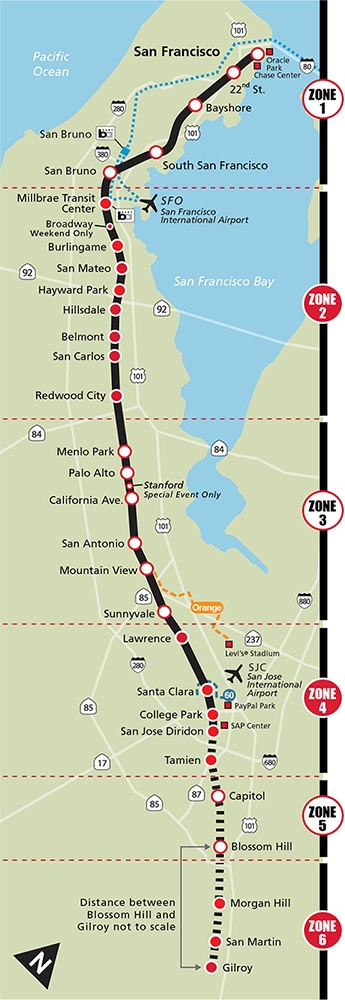
The next two proposals are more expansive, but would require approval from the legislature before work could begin.
The second scenario includes completion of the “spine” and would extend the service outside the Central Valley to Gilroy in Santa Clara County, where it would have direct links to service that runs into the Bay Area through Caltrain. Electrification of Caltrain is one of the projects that has been funded through CHSRA and has helped provide enormous ridership growth.
This segment would cost roughly $54.4 billion and could open as soon as 2038. With this extension comes a boom in ridership - the update estimates 8.7 million to 11.8 million, with annual passenger revenue of $623.7 million to $882.9 million.
The final proposal finally provides high-speed rail service to Los Angeles County (and possibly Las Vegas). The total cost to tunnel and lay track to Palmdale is steep, at least $33 billion additional than the cost just to Gilroy. However, Palmdale is already home to regional rail and is also expected to be a hub for Brightline West high-speed rail to Vegas.
And that means ridership. The report estimates 12.5 million to 17.4 million passengers annually and $1.1 billion to $1.6 billion in ticket revenue.
The update also outlines ways the state can support the mega-project, including Governor Gavin Newsom's plan to dedicate $1 billion in Cap-and-Trade funding annually to CHSRA. Yesterday a coalition of Democratic state legislators, and union leaders held a press event in Sacramento to reiterate support for the project and voice support for alternative ways the state could raise funds in addition to Cap-and-Trade.

California State Transportation Committee Chair Dave Cortese (D-Silicon Valley) has authored Senate Bill 545, which would fund a report that looks at how the economic benefits of a high-speed rail line could be partially captured by the state to fund further construction. Examples of some ways the state would explore include: assessing air rights over stations and other public properties, public-private partnerships, and exploring development incentives near stations.
“Many areas across our state are on the cusp of an economic revival, and high-speed rail can help accelerate that momentum,” said Cortese in a statement. “Everywhere a station is built, we have the opportunity to spark new housing, grow local businesses and create jobs that lift up local economies.”
Help from the federal government to expand the program is farther away than ever. After announcing it was pulling $4 billion in funds promised for the project during the Biden Administration, the Trump Administration is doubling down. Earlier today, USDOT announced it was rescinding another $175 million in grants for grade separation, overcrossing, design work, and construction for a station in Madera. The move to withhold the $4 billion is being appealed in court.
